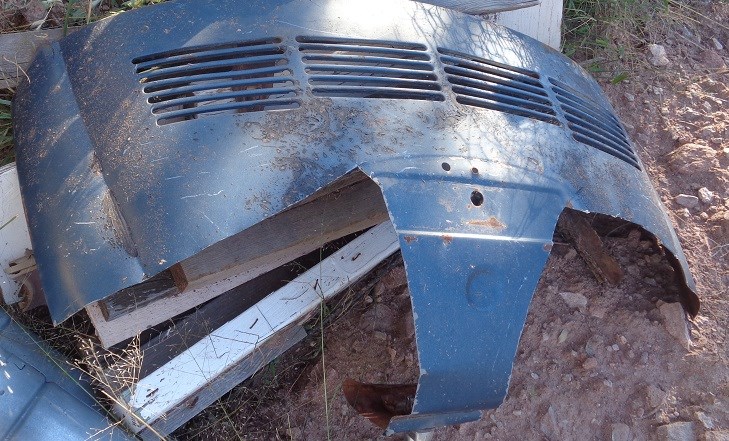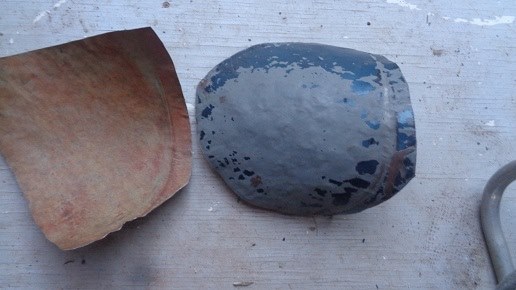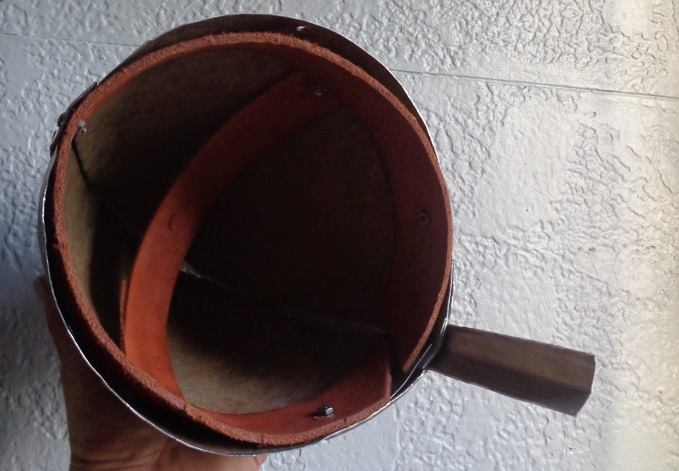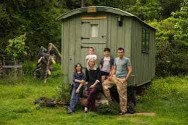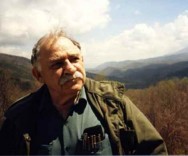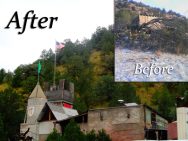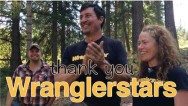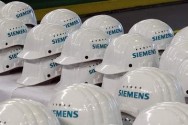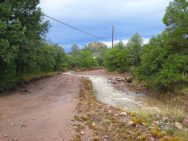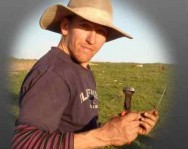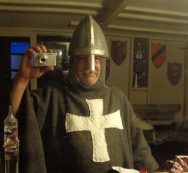
Knights Hospitaller
The fall and winter holidays are here, we just went through the first one, Halloween, it’s not something I have been really big on celebrating, but PB has a rich history from his childhood, good memories, mainly of his mother, who is a wonderful artist, making up the 3 brothers in intricate costumes. One of PB’s fondest memories is being turned into the Frankenstein monster.
Fast forward 40 something years and PB is still a kid at heart and loves Halloween. Our community hosts a big Halloween party each year, this year PB decided he was going to go as a Hospitaller knight, you can read about them here https://en.wikipedia.org/wiki/Knights_Hospitaller.
He already had a chain mail headpiece, but he needed a helmet and a tunic. In typical Bobbage fashion, he took the bonnet that had been removed from the VW bug years ago, he cut out 2 pieces of metal and beat on it for 3 days. He molded those two pieces into a helmet, along with a few trim pieces, he actually made an authentic looking helmet.
The tunic was much easier, he took a charcoal gray wool blanket, cut a slit for his head, and sewed a white cross on the chest area. I’d say all in all, he looked quite real, he looked and played the part of a knight.
I wasn’t so keen on dressing up in a costume, so I wore a safety orange t-shirt over a black long sleeve thermal top, I told everyone I was a punkin, not a pumPKin, but a pun’kin.
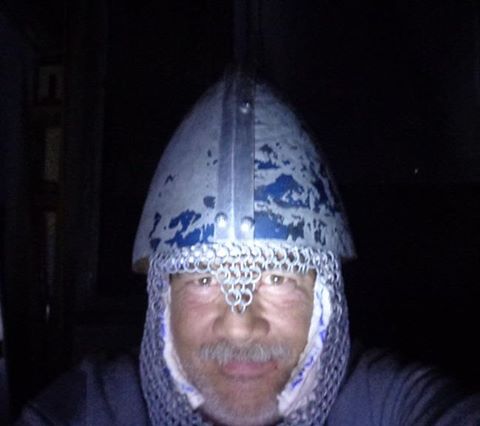
It’s fun to have a creative soul in my life, anyone else would have built a standard looking box to live in, not that there is anything wrong with that (said in my best Seinfeld voice). Getting to live in a castle on a mountainside of far west Texas is quite the treat.
Hope you had a fun Halloween.

